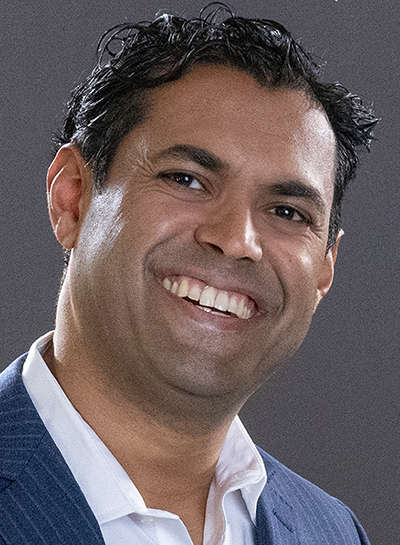
Long Branch ready for storm
January 26, 2015After $100k health insurance increase, brokers changed
January 28, 2015By Neil Schulman
Oceanport — Officials say dealing with two lawsuits beyond their control — especially one dealing with affordable housing — accounted for half of Oceanport’s legal expenses in 2013. Borough Council President Robert Lynch said those are the reason the bills seem “rather high.”
Last week, the Asbury Park Press published an article, “It’s politics first: inside your town’s legal contracts.” The article included a chart which noted how much each town spent in legal fees in 2013.
Oceanport spent $160,141 on lawyers’ bills that year. In contrast, neighbor Little Silver, which is almost the same size, spent $56,088. Monmouth Beach and West Long Branch spent $70,000 and $109,605, respectively.
Lynch and other borough officials reported they had received many calls from residents wondering why the borough’s fees were so high compared to other communities.
Lynch said he examined the books, and that the answer largely relates to a suit dealing with the Council On Affordable Housing.
“$70,000 was directly attributable to COAH litigation,” Lynch said.
In October 2013, Oceanport had to make an emergency appropriation to fight an affordable housing suit. At the time, elected officials said they thought it had been settled. They had come to an agreement with a developer who had brought a suit against them. However, while the developer withdrew, a third party stepped in, claiming that Oceanport wasn’t meeting its affordable housing demands.
Mayor Michael Mahon said the cost of that suit was something that the borough did not want — he would prefer to spend the money on building actual affordable housing, rather than a legal battle.
“I avoid using this term, but we are victims in this poor charade,” Mahon said.
Another $15,000 in expenses were due to a suit brought against the Planning Board.
Lynch said that without those two suits against Oceanport, its legal bills would have been comparable to other communities the same size as the borough.
He also noted that while the Press’ chart only noted the firm of the borough attorney, the money went to several different firms. Lynch also noted that in 2014, the borough switch attorneys, and the 2014 firm is listed in the chart.




